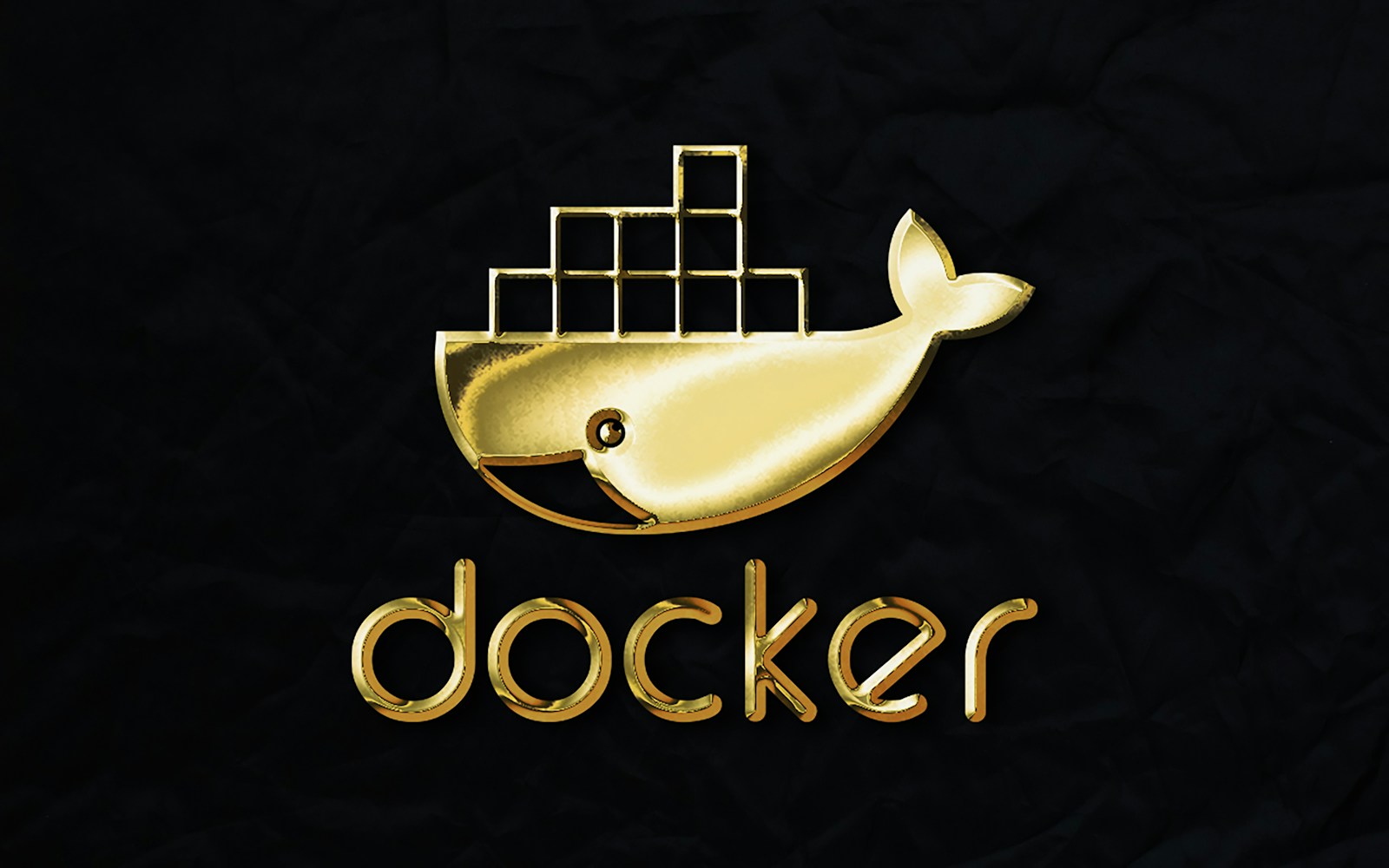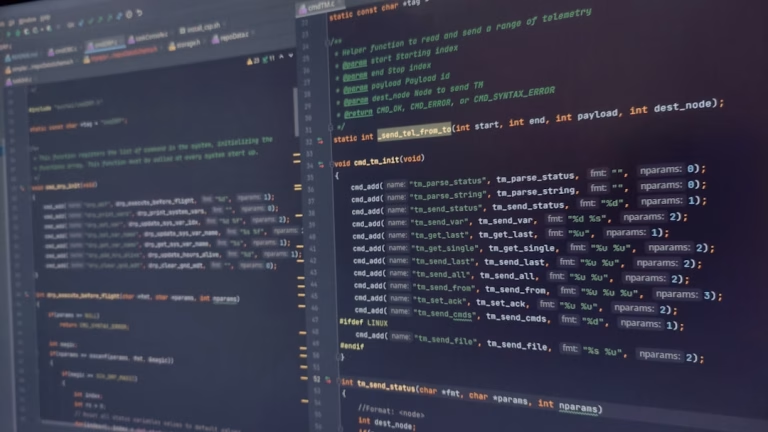The Benefits of Using Docker and a Beginner’s Guide

In the ever-evolving landscape of software development, Docker has emerged as a revolutionary tool, fundamentally changing the way applications are deployed and managed. This comprehensive guide will explore the myriad benefits of using Docker and provide a straightforward beginner’s guide to getting started with this powerful platform.
Understanding Docker: What Is It?
Docker is a platform that enables developers to package applications into containers—standardized executable components combining application source code with the operating system (OS) libraries and dependencies required to run that code in any environment. This abstraction allows Docker to streamline the development lifecycle by creating, deploying, and running applications by using containers.
The Benefits of Using Docker
- Consistency Across Environments: Docker containers ensure consistency across multiple development, testing, and production environments. This means fewer bugs and glitches when moving applications from one environment to another.
- Rapid Deployment: Docker manages to reduce deployment to seconds. This is because it creates a container for every process and does not boot an OS. Data can be created and destroyed without worry that the cost of bringing it up again will be significant.
- Isolation: Containers are entirely isolated from each other, and you can control the exact amount of memory, CPU, and disk that each container uses, ensuring that one application does not interfere with another.
- Security: Each application and its runtime environment can be kept secure and isolated from other applications, reducing the risk of system-wide failures and security vulnerabilities.
- Scalability and Modularity: Docker allows applications to be broken down into smaller, manageable pieces (microservices) which can be independently scaled and managed. This not only makes updating applications easier but also allows scaling components independently.
Beginner’s Guide to Using Docker
Step 1: Install Docker
- Begin by installing Docker Desktop from the Docker’s official website. It’s available for Windows, Mac, and Linux. Follow the installation guide specific to your operating system.
Step 2: Understand Basic Commands
- Learn some basic Docker commands:
docker pullto fetch an image from Docker Hub.docker runto run a container.docker psto list running containers.docker stopto stop a container.
Step 3: Your First Docker Container
- Start by running a simple container:
docker run hello-world- This command pulls the
hello-worldimage from Docker Hub and runs it in a container. When run, it prints an informational message.
Step 4: Build Your First Docker Image
- Create a Dockerfile, a simple text file that contains all commands, in order, needed to build a given image. For example, a Dockerfile for a Node.js app might look like this:
FROM node:13
WORKDIR /app
COPY . /app
RUN npm install
EXPOSE 8080
CMD ["node", "app.js"]
- Build the image with:
docker build -t my-nodejs-app .- Run your new image:
docker run -p 4000:8080 my-nodejs-appStep 5: Experiment with Docker Compose
- Docker Compose allows you to manage multi-container applications. Start experimenting by defining a
docker-compose.ymlfile and usingdocker-compose upto start multiple containers simultaneously.
Conclusion
Docker offers a robust, scalable, and efficient solution for developing and managing applications. By encapsulating the application’s environment, Docker minimizes discrepancies among environments, enhancing development and support processes.






